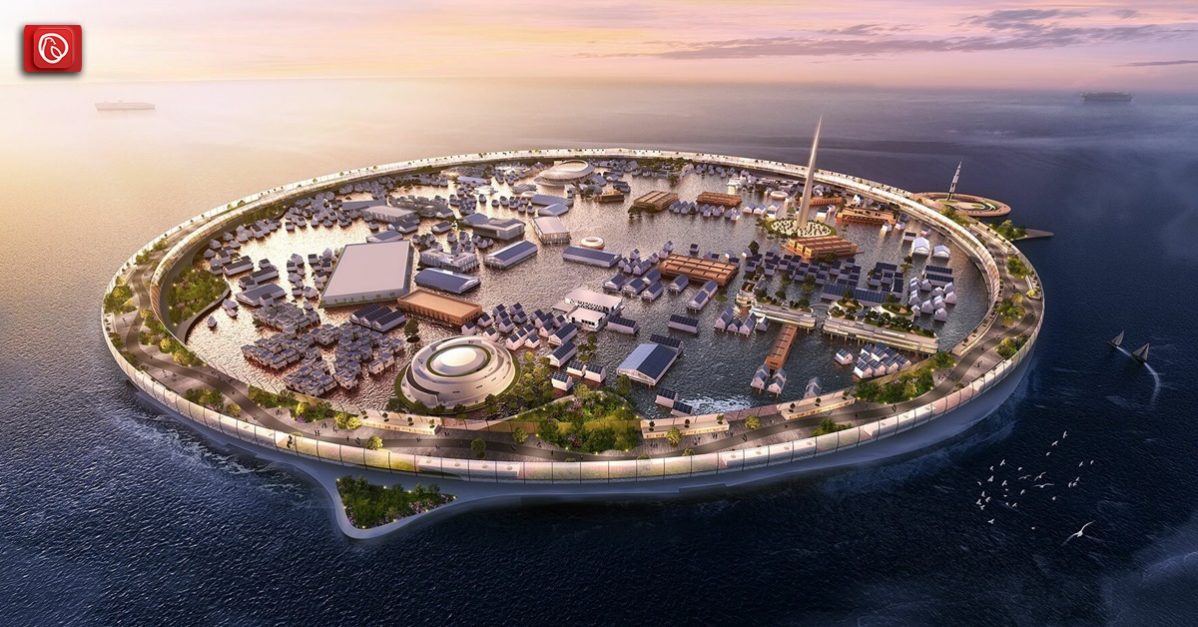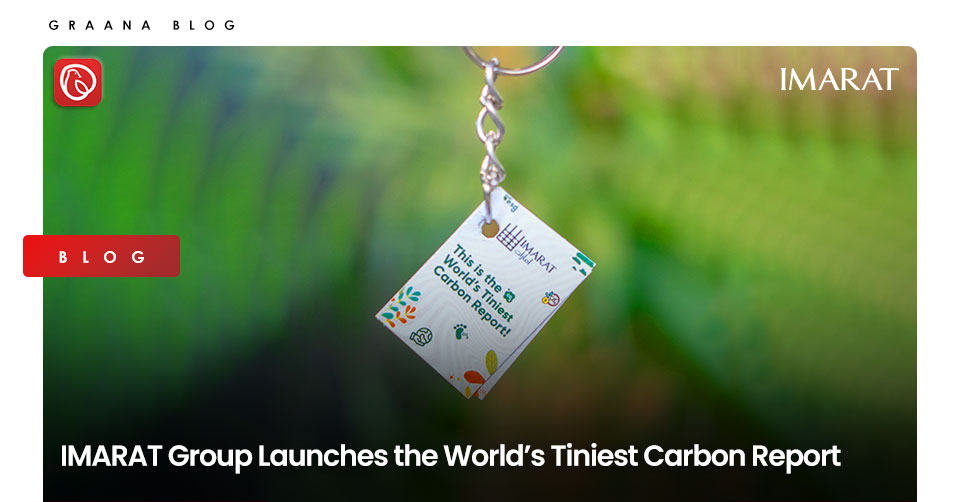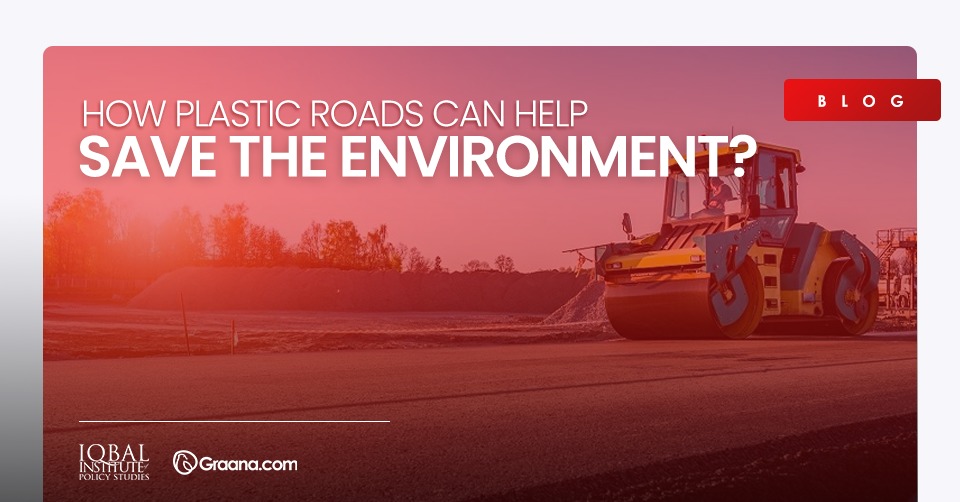Cities that are prone to urban flooding employ various strategies of urban planning to wither away from the consequences. As the impacts of climate change are multiplying with the coming days, the need to address urban flooding in the cities is gaining importance day by day. No doubt the modern cities are the marvels of urban planning however these cities still face urban issues ranging from traffic congestion to urban flooding. One of the reasons attributed to these urban problems includes lack of planning and lack of study which are the important aspects before carrying on any activity in the urban centers. Get to know urban flooding: A case of DHA Karachi
Graana.com through this blog highlight the importance of ‘sponge cities’ in urban centers. As Pakistan is in the midst of the monsoon season, the importance of sponge cities can be felt and highlighted in the most appropriate manner. Sponge cities across the world are effective in diminishing the impacts of heavy rainfalls while also managing the huge water resource accumulated through seasonal rainfalls.
What are Sponge Cities?
The term ‘Sponge Cities’ is one of the tools of sustainable development which is resonating in the realm of urban studies. Countries are quick to employ this phenomenon in modern cities development as it is one of the important tools of resource conservation. Water scarcity is an emerging problem, and there is a dire need of addressing this issue on war footings.
As mentioned earlier, the idea is derived from sustainable development and the features of sponge cities include open green spaces, rainwater harvesting systems, water-saving mechanisms, and water treatment plants. Sponge cities are a major tool of rainwater conservation as it does not allow the rainwater to get wasted and mix with water bodies.
In sponge cities, the water is stored like a sponge; the rainwater is allowed to filter through the ground and then into urban aquifers. The water collected in urban aquifers is collected through wells, water bores, and other methods which can help to meet the water shortfall in the cities. Through this approach, water is being stored, purified, and then reused thus also becoming a symbol of sustainable cities.

Benefits
Following are the benefits of developing sponge cities
- With a minimum effort, rainwater can be harvested in an efficient manner which can help to store and reuse the water
- If adopted properly, the sponge cities can help to provide a limited supply of water to the cities
- Devastating impacts of urban flooding can be easily avoided by adopting the principles of urban floods.
- Sponge cities also act as a filtration mechanism that does not allow the polluted water to discharge into rivers and seas.
Rainwater Harvest
This technique pertains to the collection and storage of rainwater. One of the fundamental benefits of sponge cities is that they have a dedicated space for harvesting rainwater. This technique is useful for utilising rainwater in urban centers which are often flooded by rainwater. One thing that is pertinent to mention here is that sponge cities are a means of protecting the livelihoods of the people. Every year, particularly in monsoon season, urban floods cause devastation in the cities, by developing urban aquifers and harvesting rainwater populated cities can be protected from the urban floods and the water can be utilised resourcefully.

Water Filtration
As mentioned above, sponge cities provide a natural mechanism for water filtration. An advantage of the sponge cities is that before harvesting the rainwater, it is filtered either by soil or water treatment plants before being discharged into rivers or streams. Through this practice, the water bodies are protected from getting polluted and greywater remains segregated. For natural filtration, it is advised that such water channels be developed which allow the water to be absorbed in the soil. Open green spaces can also comprehensively serve the purpose of water filtration.

Lower Risks of Floods
This innovative idea also reduces the risks of urban flooding in the cities. Green parks, rain forests, green roofs, permeable roads, and urban wetlands are the common features of sponge cities. These features diminish the chances of urban flooding in the cities as they provide a proper channel to the water flow and have the capacity to hold rainwater. China is leading the race of developing sponge cities in the world. As the green spaces are decreasing in the cities the capacity of the cities to hold water is reducing every coming day.
For news and blogs like this such as how to stay safe during landsliding?, visit Graana.com.




